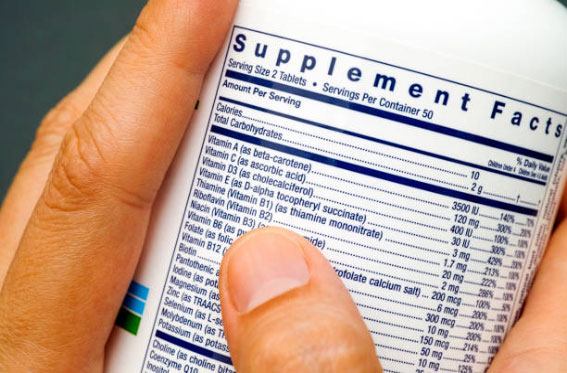With so many regulations, ensuring compliance with FDA standards when it comes to supplementary labels can be a challenge. Following the rules is as important as a great design.
Failure to follow federal guidelines with labeling could result in consequences such as warnings, injunctions, and even criminal prosecution. When going to market and selling a supplement, here is how to ensure labeling complies with FDA standards.
1. Statement of Identity
The statement of identity is the name that will appear on the label of the supplement. In general, a statement of identity is the name specified by federal regulation or law. If this isn't obvious, it should be a name that is appropriately descriptive. A brand name doesn't count.
On the front of the package, called the Principle Display Panel (PDP), the brand name can be listed, but other information must be supplied. This includes the statement of identity, such as "Dietary Supplement" or "Calcium Supplement," and the net quantity of contents (weight, number, or volume measure).
2. Clear Directions
The FDA requires that all supplement labels have clear directions for recommended and safe use. These might include the recommended dosage, as well as how to safely store the product.
For example, directions might state that the customer should "take one caplet daily in the morning." An example of a storage recommendation is to "Store in a cool, dry place."
3. Supplement Facts Formatting
On the opposite side of the label from the PDP, directions, and any warnings or disclaimers should be the Supplement Facts section. This label includes information about the ingredients in the product, the serving size, and the servings per container.
The FDA is specific about how this part of the label is to be formatted.
The Supplement Facts should appear to the immediate right of the PDP
All content must be legible, which is why black and white are common color selections
The title "Supplement Facts" must span the width of the panel in the largest font possible
Minimum font sizes are required but depend on various factors such as label size and how many ingredients are listed
RELATED ARTICLE: Ways to Make Your Nutraceutical Labeling Stand Out
4. Disclaimers
The FDA also requires that sellers of supplements provide adequate warning to consumers of potential risks. There should be any applicable warnings, such as "Keep Out of Reach of Children," on the label.
In the same area, manufacturers can and should include clear contact information. This should give consumers the company name, address or phone number, and website address if one is available.
While FDA guidelines seem particular and even nitpicky in some cases, following the rules is necessary when going to market with a supplement in the U.S. From a consumer's perspective, it helps to know where on the label to look for key information concerning ingredients and for peace of mind.
Century Label not only specializes in creating unique and branded custom labels and packing solutions but can also help your business ensure that it is compliant with FDA regulations.
Guarantee high-quality compliant packaging and labeling for the nutraceutical industry with Century Label. Contact us for more information or to get started today.


